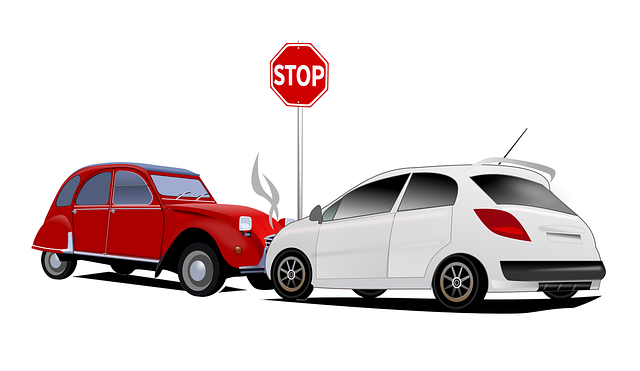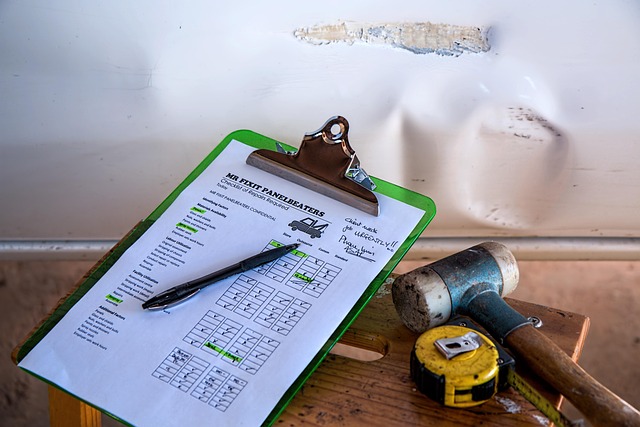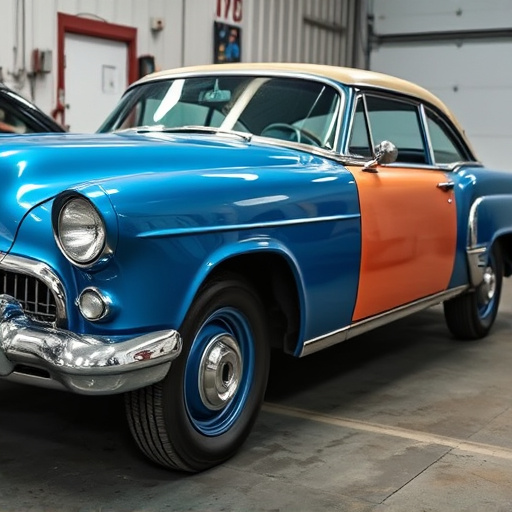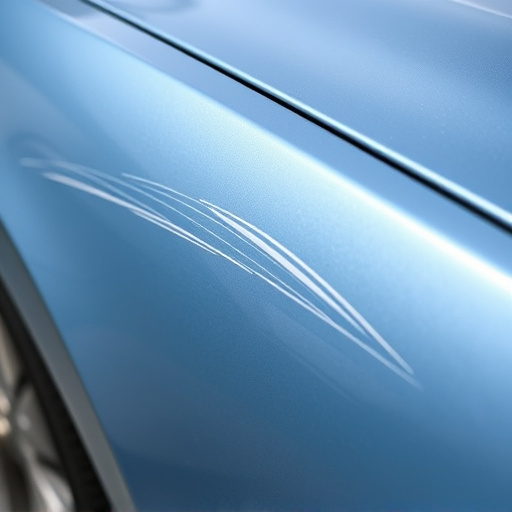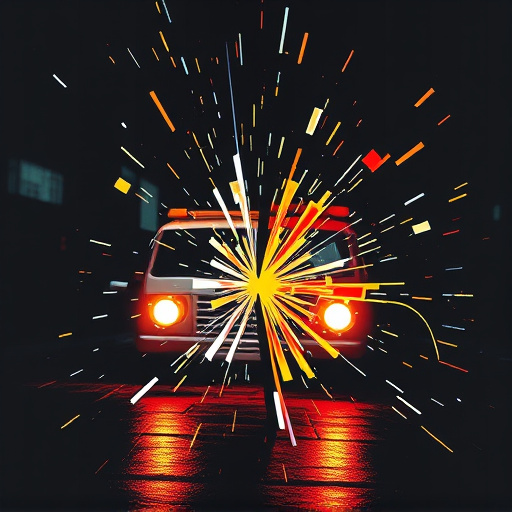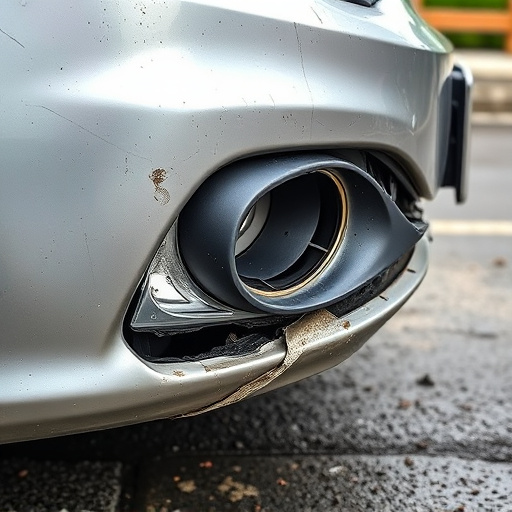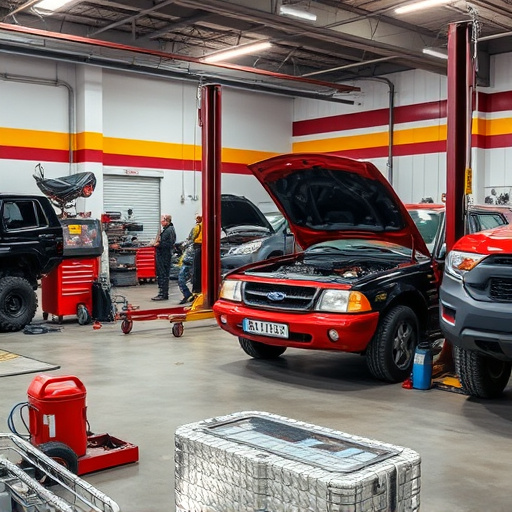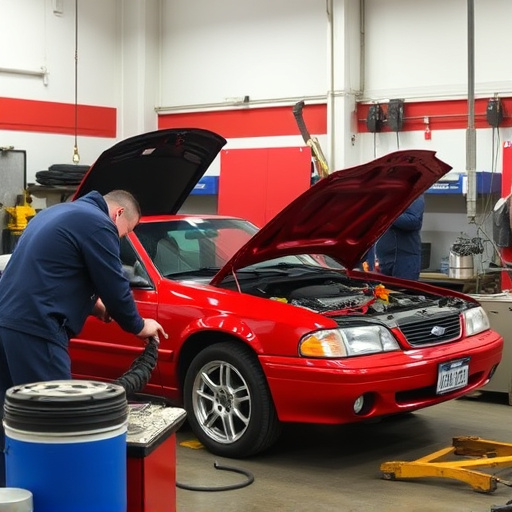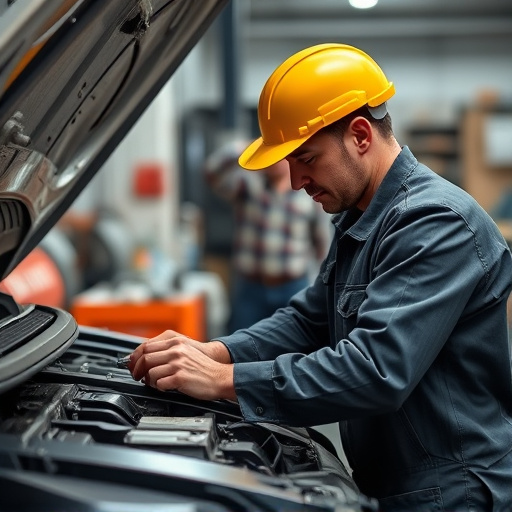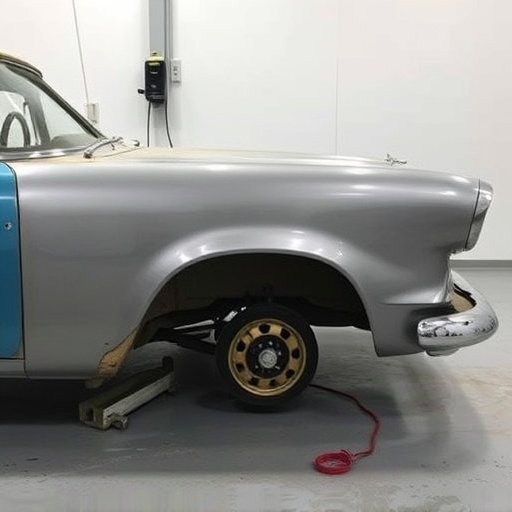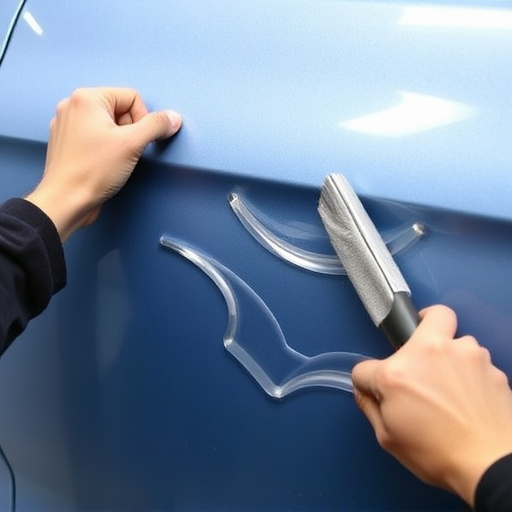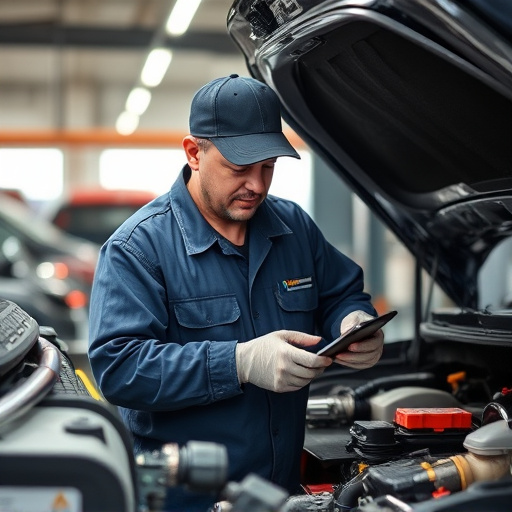Minor dent repair in classic and vintage cars is crucial for preserving their historical significance and aesthetic appeal. Skilled technicians use professional-grade tools like dent pullers and putty knives to ensure precise removal without paint damage. The process begins with a thorough assessment, preparation, dent removal, body puttying, sanding, and finally, matching car paint services to maintain the vehicles' originality and value.
Preserving the pristine condition of classic and vintage cars involves meticulous care, especially when addressing minor dents. This comprehensive guide delves into the art of repairing these delicate imperfections, ensuring your beloved vehicle maintains its historical allure. We explore the causes and impact of minor dents, equip you with essential tools and materials, and provide a detailed step-by-step repair process tailored for vintage vehicles.
- Understanding Minor Dents in Classic Cars
- Tools and Materials for Repairs
- Step-by-Step Repair Guide for Vintage Vehicles
Understanding Minor Dents in Classic Cars
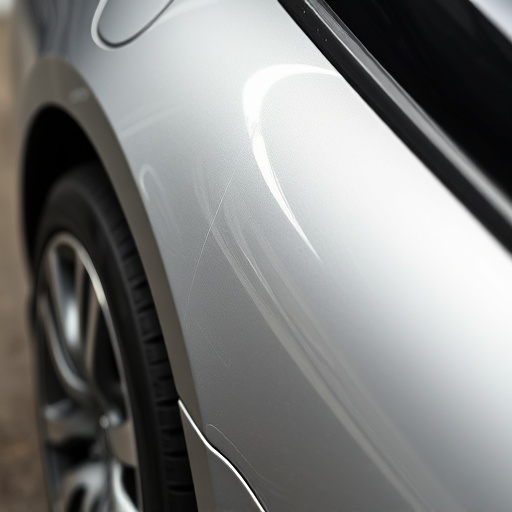
In the realm of classic and vintage cars, minor dents are more than just cosmetic issues; they can carry significant historical value. These dents, often a testament to the vehicle’s past adventures or simply the result of everyday driving, contribute to each car’s unique character and story. However, for car enthusiasts and owners, addressing these dents promptly is crucial to preserving the vehicle’s aesthetic appeal. Timely intervention ensures that minor dents don’t escalate into larger problems, affecting the overall condition and value of the classic or vintage car.
When considering car dent removal for your beloved classic, remember that not all automotive body shops specialize in the delicate nature of these vehicles. Car repair services tailored to vintage cars often require a deep understanding of their unique construction and finishes. Skilled technicians use specialized techniques and tools for minor dent repair, ensuring minimal disruption to the car’s original aesthetic. This meticulous approach is vital in maintaining the integrity and charm of classic and vintage automobiles.
Tools and Materials for Repairs
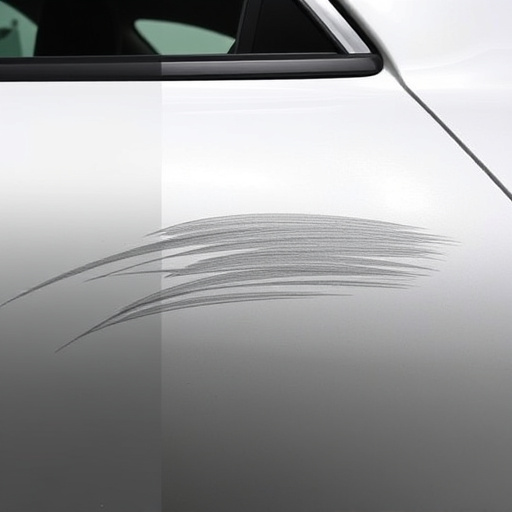
When it comes to minor dent repair for classic or vintage cars, the right tools and materials are essential. For this type of intricate work, a professional-grade dent puller is a must-have. These tools come in various sizes and shapes to accommodate different car surfaces and dents, ensuring precise and clean removal without damaging the paintwork. Along with dent pullers, you’ll also need a set of high-quality putty knives for applying and shaping body filler, which fills in any gaps left by the dent puller.
Additionally, a good quality primer, paint, and clear coat specific to your car’s make and model are vital for matching the original finish perfectly. Other essential materials include sandpaper, a detailing cloth, and perhaps even a heat gun for softening the filler before sanding. Many auto body repair specialists prefer using these tools and materials due to their effectiveness in delivering top-notch autobody repairs while preserving the classic or vintage car’s originality and value.
Step-by-Step Repair Guide for Vintage Vehicles
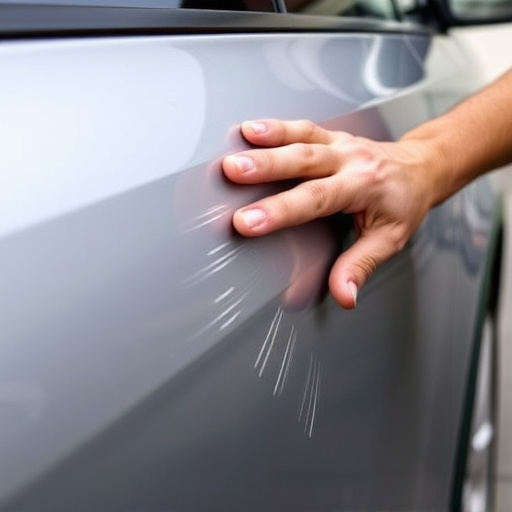
Repairing minor dents in classic or vintage cars requires a different approach compared to modern vehicles. Here’s a step-by-step guide for tackling these delicate repairs, ensuring your car retains its historical integrity while enhancing its aesthetics.
1. Assessment: Begin by thoroughly inspecting the dent and determining its size and depth. Minor dents typically involve small indentations or shallow bulges that can often be corrected without painting. This is crucial as it decides the repair method and materials needed.
2. Preparation: Gather your tools, including a dent puller (a specialized tool for removing dents), rubber mallet, and new car paint (if necessary). Ensure your work area is clean and well-lit. For vintage vehicles, consider using original or period-appropriate parts to maintain authenticity. If the dent has caused any damage to the panel’s undercarriage or surrounding components, address these issues first through basic collision repair techniques.
3. Dent Removal: Using the dent puller, carefully apply pressure behind the dent while guiding the tool until the indentation disappears. Be gentle to avoid further damaging the panel. For deeper dents, employ a rubber mallet to gently tap the dented area, working it out from the center towards the edges.
4. Finishing Touches: After successfully removing the dent, smoothen any remaining wrinkles or imperfections with body putty and sandpaper. This step is crucial for achieving a seamless finish that blends in with the car’s original paint job. Once the panel is smooth, apply high-quality car paint services to match the vehicle’s exact color, ensuring a professional and discreet repair that doesn’t distract from the classic aesthetic.
Minor dent repair on classic and vintage cars is a skill that can help preserve these cherished vehicles’ original beauty. By understanding the types of dents that commonly occur, having the right tools and materials, and following a structured guide, car enthusiasts can effectively address and fix minor dents, ensuring their classics maintain their allure for years to come. This process not only enhances the vehicle’s aesthetics but also adds value to these timeless pieces of automotive history.
